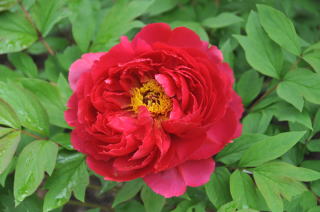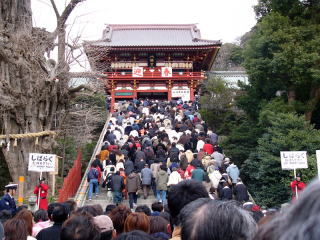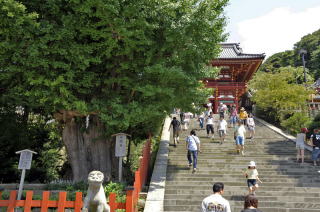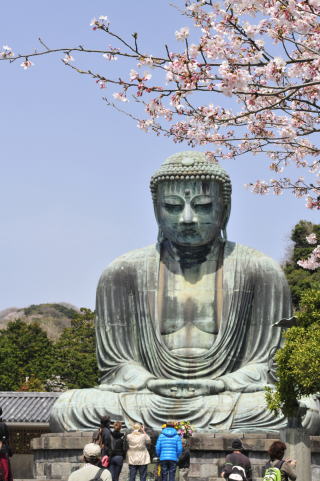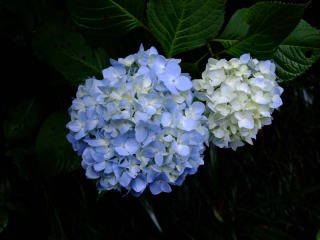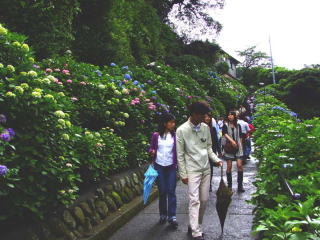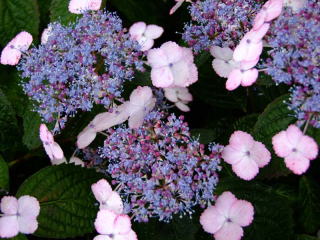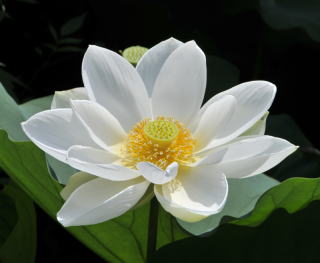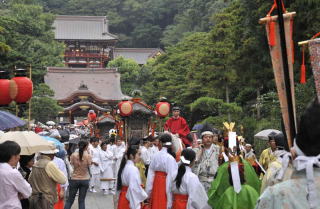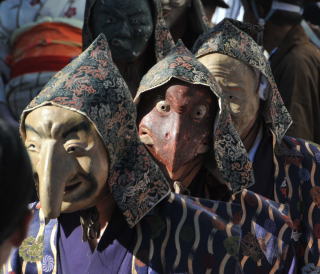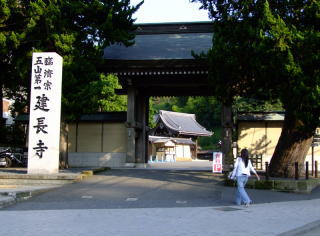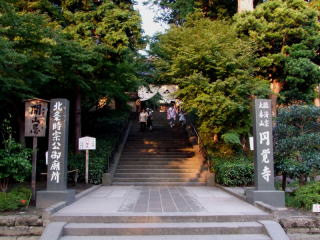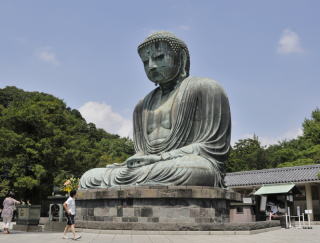| KOMACHI-DORI STREET As there is a shopping street Nakamise Street in Asakusa leading to the Sensoji Temple, so is Komachi-dori Street in Kamakura leading to Tsurugaoka Hachiman-gu Shrine. The Komachi-dori Street spreads from the rotary in front of Kamakura station to the north toward Kamakura Hachiman-gu Shrine. The street is lined with 246 restaurants, boutiques, fancy cafes, sweet dafes, and stores selling souvenirs and sundry articles unique to the ancient city according to the Kamakura Chamber of Commerce. Statistics in 2014. Access: Kamakura Station on JR Yokosuka Line Telephone: 0467-23-2561 (Kamakura Chamber of Commerce and Industry) |
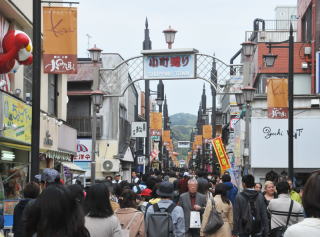 |
|
| more photos |
